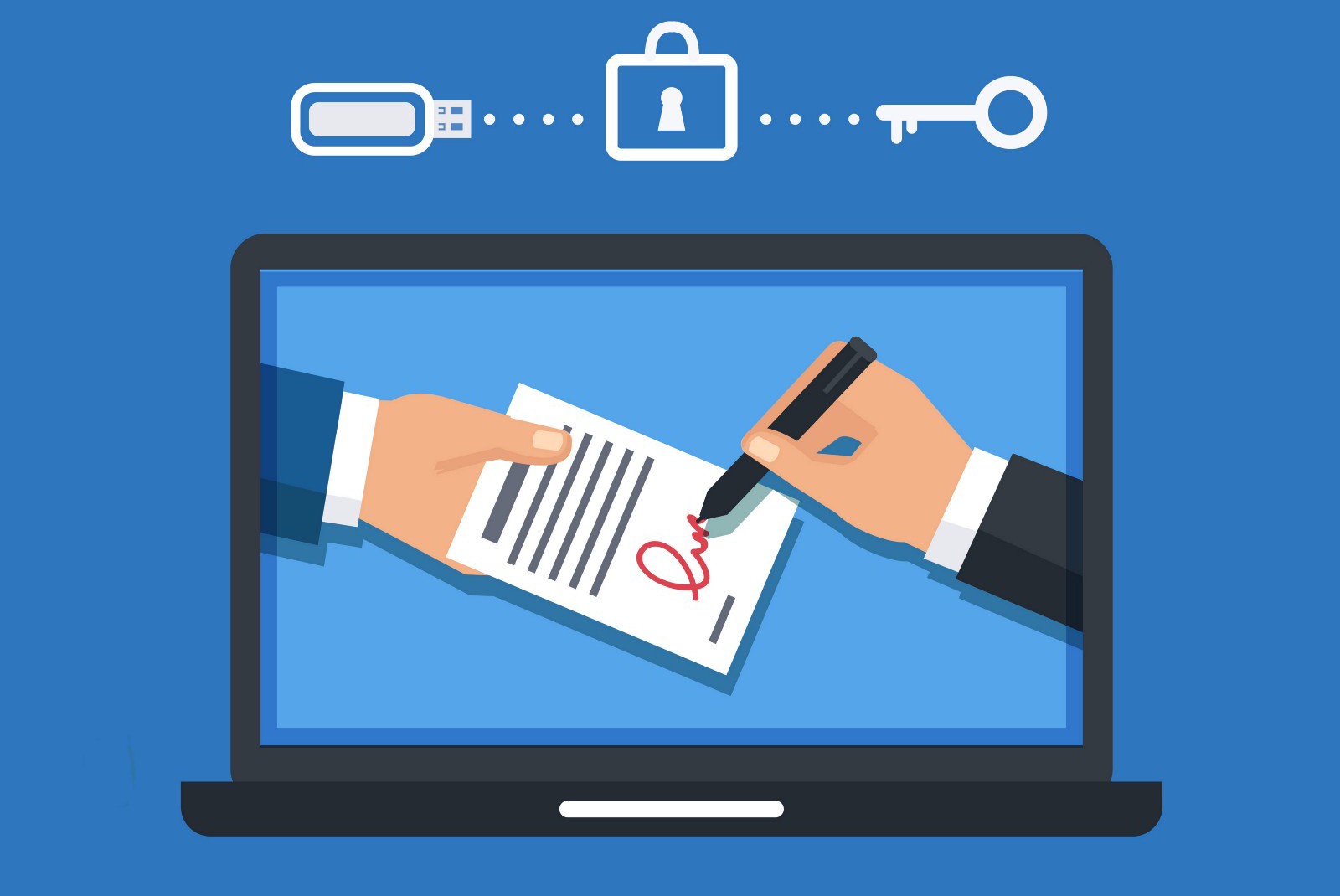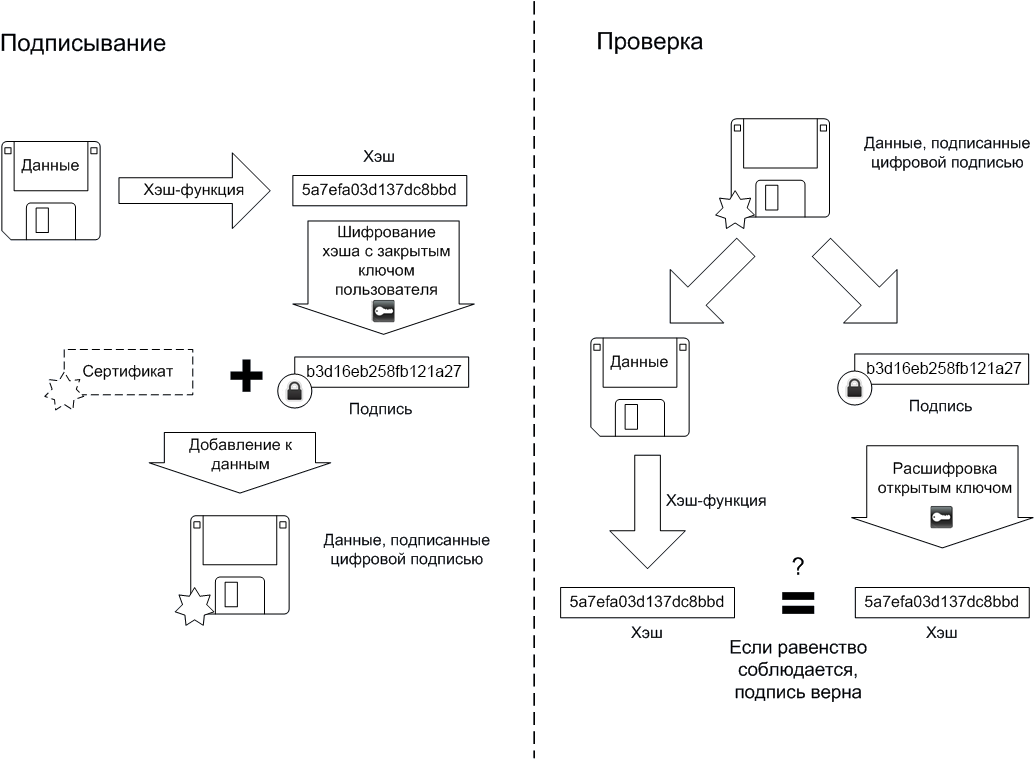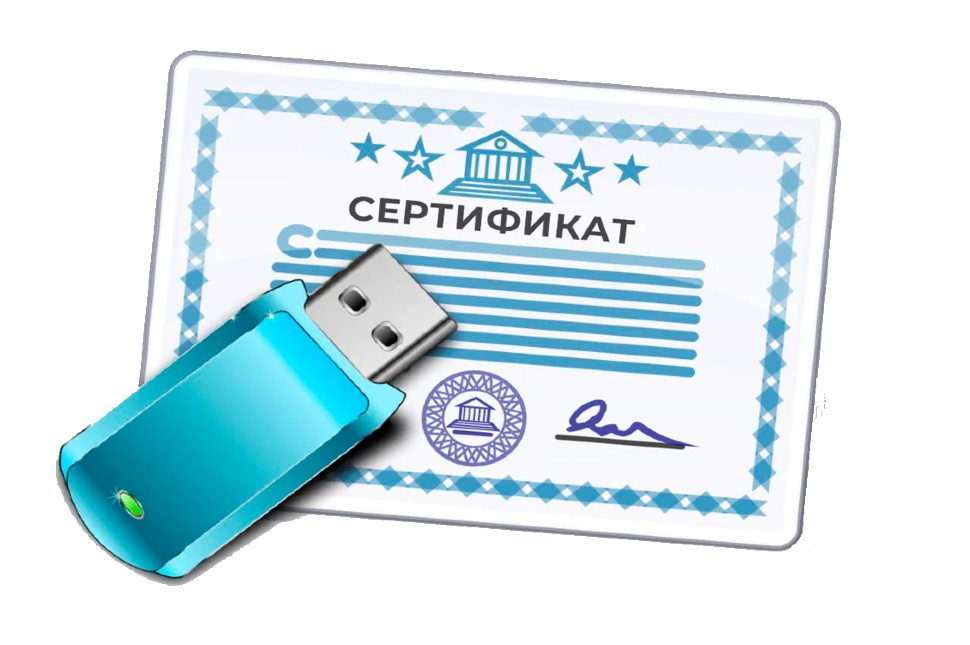
The development of digital technologies has simplified many aspects of our life, including the exchange of documents and letters in electronic form turned out to be faster and more convenient than in paper form. However, electronic document management had a problem: it was necessary to somehow confirm the authenticity of electronic papers. Signatures were used for this on paper, but digital signatures were easy enough to forge, so a more reliable verification method was required for electronic documents. Therefore, an analogue of hand signatures has become popular - an electronic signature, which will be discussed further.
, () . – , - . :
– , - ;
– ;
– .
.
. . , – . , , , . , , . ( , ), – ( ). , , . , , . .
-
, – , -. , . .

-, . – ( ) , ( ). – – , . , , .
?
, , .
, . - – . – . , – . , . , .
– -. . , - , - , . , , . -. - : , , , . , SHA-3, BLAKE2, JH «» ( 34.11-2018).
,
, . . - .

№ 63- « ». () . , eToken .
The article briefly discussed how an electronic signature works. It can be seen that the algorithm is quite stable and has almost no weaknesses. However, as in many cases, the weakest point of this method is the human factor, which leaves a lot of scope for the actions of intruders.